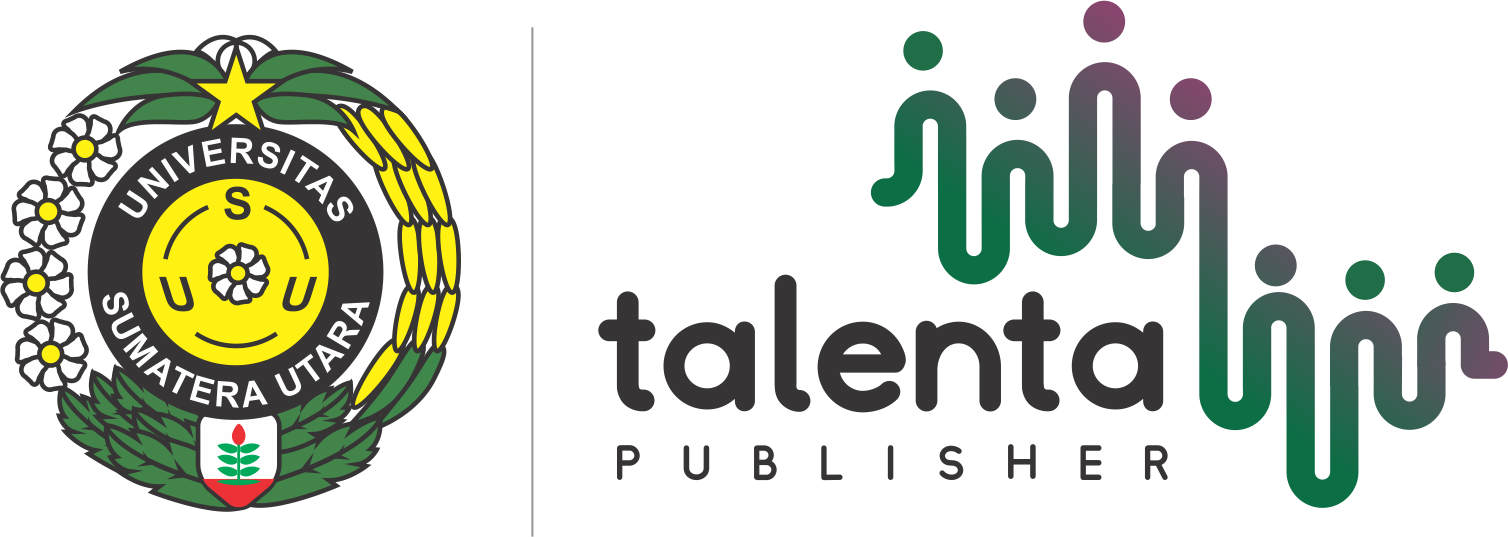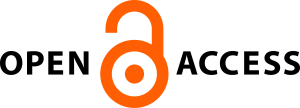Perancangan CAPTURE BOX (Coconut-shell Activated Carbon Purifier with Eco-friendly Technology) dengan Metode Nigel Cross
| Authors | ||
| Issue | Vol 8 No 1 (2025): Talenta Conference Series: Energy and Engineering (EE) | |
| Section | Articles | |
| Section |
Copyright (c) 2025 Talenta Conference Series: Energy and Engineering (EE)  This work is licensed under a Creative Commons Attribution-NonCommercial-NoDerivatives 4.0 International License. |
|
| Galley | ||
| DOI: | https://doi.org/10.32734/ee.v8i1.2608 | |
| Keywords: | House of Quality Kuesioner AHP Nigel Cross Quality Function Deployment AHP Questionnaire | |
| Published | 2025-07-28 |
Abstract
Peningkatan polusi udara memberikan dampak negatif bagi kesehatan dan lingkungan, sehingga mendorong dilakukannya penelitian ini dengan tujuan merancang CAPTURE BOX, alat pemurni udara luar ruangan yang bekerja dengan menyaring udara kotor menggunakan filter karbon aktif. Perancangan alat ini dilakukan menggunakan metode Nigel Cross dengan 7 tahapan perancangan produk menggunakan pendekatan Quality Function Deployment (QFD), dengan penekanan pada penyusunan House of Quality guna menghasilkan produk yang sesuai dengan keinginan dan kebutuhan konsumen. Tahapan awal mencakup pembuatan dan penyebaran kuesioner AHP untuk menguraikan situasi kompleks menjadi beberapa variabel, menyusunnya secara hierarkis, dan menentukan variabel paling berpengaruh pada hasil akhir. Hasil akhir klasifikasi tujuan terdapat 3 level. Pada tahap penetapan fungsi, didapatkan 4 sub fungsi yaitu sub fungsi casing box, sub fungsi papan filtrasi, sub fungsi sistem kelistrikan, dan sub fungsi kipas exhauster. Penetapan karakteristik didapatkan 7 karakteristik teknik. Pembangkitan alternatif terdapat 3 alternatif yang dapat dipilih sebagai alternatif. Pada evaluasi alternatif, terpilih yaitu alternatif kelompok VII. Tahap penyusunan kebutuhan atribut produk, diperoleh 8 wish dan 2 demand yaitu daya produk dan mekanisme pergantian filter. Tahapan Quality Function Deployment (QFD) didapatkan atribut produk sesuai demand, perbandingan antar atribut, tingkat kesulitan, derajat kepentingan, dan total estimasi biaya. Selain itu, tahapan pengembangan rancangan menunjukkan penghematan biaya, dengan total harga produk berhasil diminimalkan dari Rp. 755.000 menjadi Rp.705.000. Metode ini meningkatkan kesesuaian produk dengan kebutuhan konsumen dan efisiensi biaya, sehingga memperbaiki kualitas dan performa produk.
Increasing air pollution negatively impacts health and the environment, driving the development of the CAPTURE BOX an outdoor air purifier that filters polluted air using activated carbon. The design process follows Nigel Cross's seven-stage methodology, incorporating the Quality Function Deployment (QFD) approach with a focus on the House of Quality to ensure the product meets user needs. The initial stage involved distributing AHP questionnaires to break down complex issues into variables, organize them hierarchically, and identify the most influential factors. The design process identified four sub-functions: casing box, filtration board, electrical system, and exhauster fan, along with seven technical characteristics. Three design alternatives were generated, with Group VII selected as the optimal choice. The QFD phase defined eight customer wishes and two key demands—product power and filter replacement mechanism—guiding the prioritization of attributes and cost estimation. Final design adjustments reduced the product cost from Rp755,000 to Rp705,000. This methodology improves product alignment with user needs, enhances cost efficiency, and contributes to overall product quality and performance





